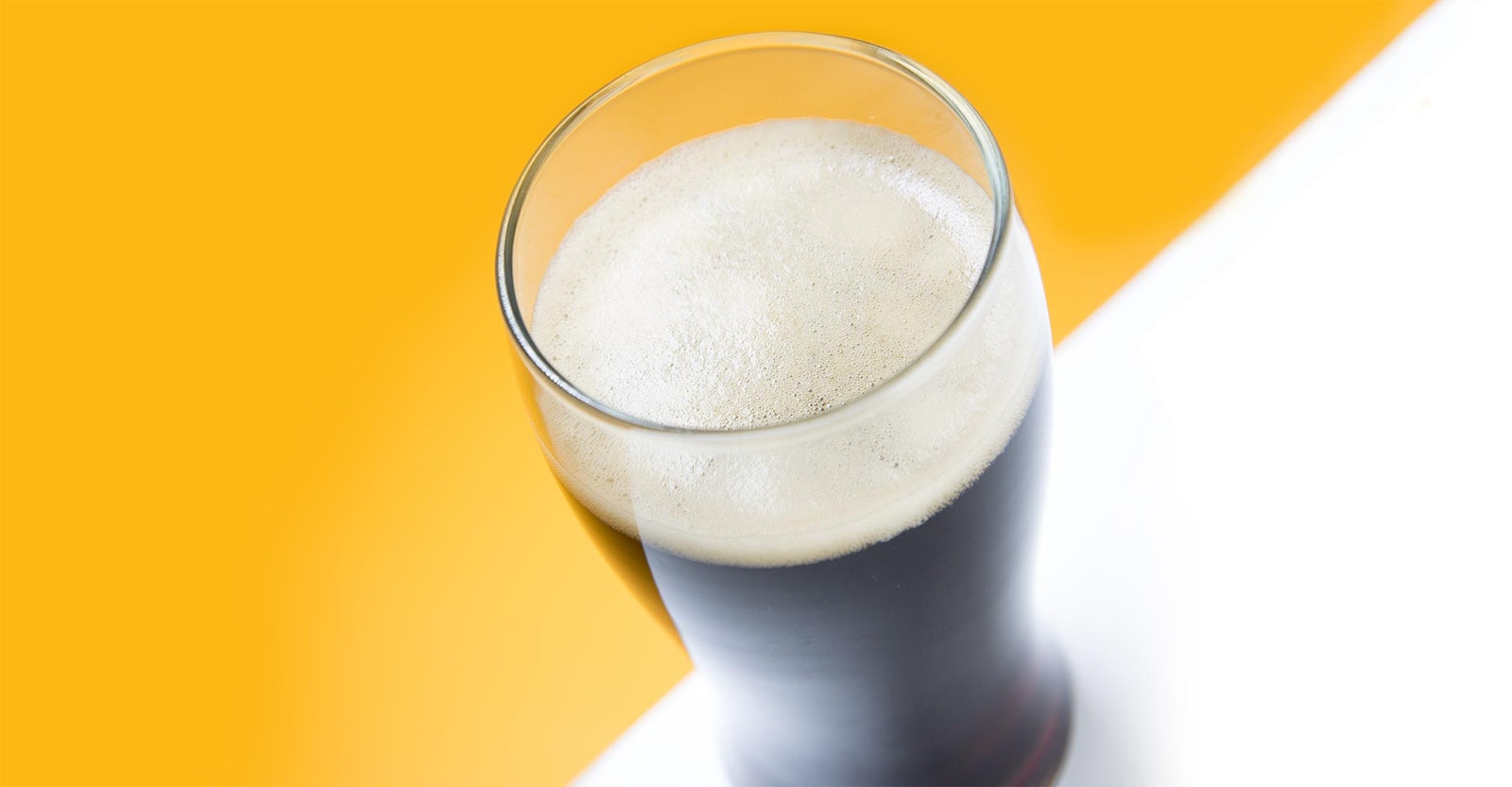At year’s end, there are two beers I always brew. One is an IPA made with the remnants and scraps of all the scattered one-ounce hops purchases I’ve made throughout the year to supplement my usual “bulk” hops. The other I make just before that beer, having combed through the pile of hop-scrap zip-lock bags and selected the piney, balsam-like hops from the bunch to brew up an American Stout. When this tradition started I didn’t bother making much of a distinction between this beer and what we’ve come to call Black IPA, but now that the styles have become at least somewhat distinct I take some care to differentiate this beer from its Cascadian cousin. Both are roasty, hops-forward beers, but my Marlowe Stout is now more focused on its body to clearly differentiate it from your typical Black IPA.
STYLE
There’s a lot of stouts to be found in the style guidelines, and with good reason: they’re tough to define, but there’s also no question that they feature fine distinctions that are easy to lose track of in the “oh, they’re just really roasty” conventional wisdom. The American Stout, like all stouts, is notably roasty, but much like the American (Robust) Porter it also allows for significant experimentation with hops. What, then, distinguishes it from a Black IPA? First, as already noted, it has a bit more “bulk” whereas the Black IPA usually presents as being a bit more “drinkable.” It also can (and probably should) be more obviously and significantly roast-driven. Hops are making an important contribution to the flavor, but whereas in the Black IPA they’re undoubtedly the star of the show, here they’re more a co-equal partner with the roast.
RECIPE
This is a fairly high-ABV version of American Stout, but I think that’s both justifiable based on the style and a good way to differentiate from the Black IPA recipe I’ve developed. We start with ten pounds of Maris Otter, then add one pound each of British Crystal 45 and 65 – not only will that add body, it makes for a noticeable caramel background flavor, even when we blast the recipe with hops and chocolate malts! Speaking of which, we then add one pound of chocolate malt and half a pound of roasted barley. If, in your finished product, you’re not getting enough roast, try bumping up the weight on the roasted barley to lend it a sharper roast note to “trigger” a perception of higher roast.

